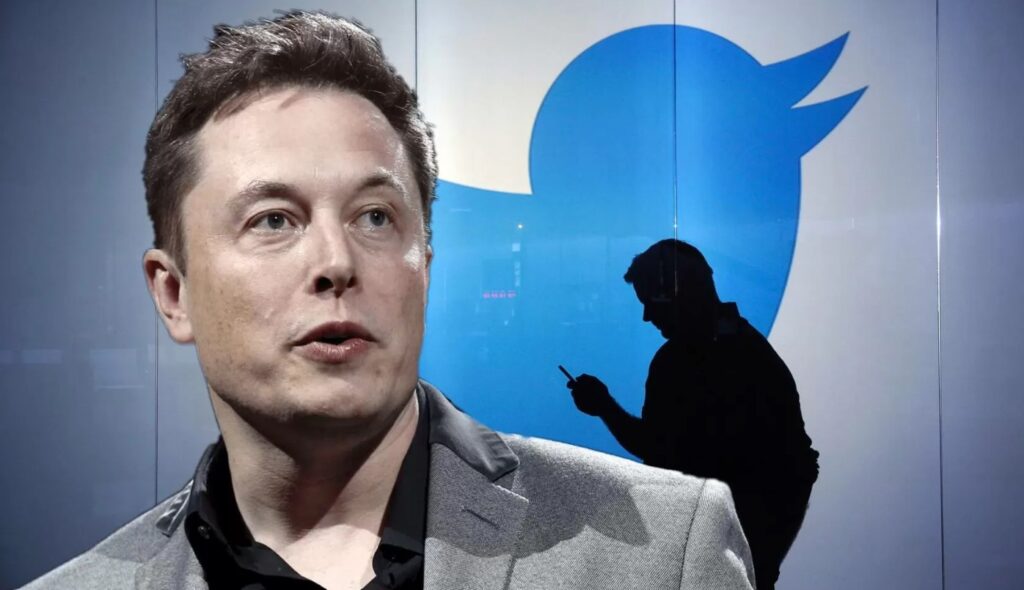What has changed on Twitter recently, and what are the underlying changes?

Elon Musk has stated that he aims to convert Twitter into a one-stop shop for payments, news, and food orders.
“Buying Twitter is an accelerant to inventing X, the everything app,” Musk said in October, just weeks before his $44 billion purchase of the social network.
Later, he said that Twitter may be similar to WeChat, a prominent Chinese software that mixes social media, instant messaging, and financial services.
Nevertheless, nearly six months after taking over Twitter, Musk’s expectations for the network have gone mostly unrealized.
Although the billionaire has made dozens of changes to Twitter, the most of them have been cosmetic. According to Jane Manchun Wong, an independent software engineer who researches social applications, his improvements have largely influenced the platform’s design. These modifications include adding more symbols and data to tweets, but Twitter’s core aspects — making it a place to swiftly share news and debate live events — have remained unchanged.
\ Users’ experiences are still evolving. This is because Musk’s changes behind the scenes are influencing the types of tweets they see. He has adjusted the algorithm that determines which messages are most prominent, removed content control restrictions that prohibit specific types of tweets, and altered a verification procedure that certifies users’ identities.
The end result is a Twitter that appears the same as it always has, but is clunkier and less predictable in terms of what tweets get surfaced and viewed, according to users. This has led to considerable misunderstanding in some circumstances. Employees at Twitter have also expressed dissatisfaction.
Andrea Conway, a Twitter designer, blogged about the modifications last month, stating, “We know you hate it. We despise it as well. We’re working on making it less sucky.” She went on to say that the changes might eventually render Twitter “totally useless.”
Musk did not reply to a comment request.
So, what’s different about Twitter now, and what’s driving the changes?
The RSS Feed
The most noticeable change is Twitter’s newsfeed, which displays a stream of posts when users start the programme. Formerly, newsfeeds displayed as a single stream of updates, showcasing tweets from only the accounts that a user followed.
The newsfeed has been split in two by Musk. Today, when users open the Twitter app, they see a “Following” page and an algorithmically selected “For You” stream that resembles a popular TikTok feature.
Musk’s modifications to Twitter’s recommendation algorithm are reflected in the “For You” newsfeed, which pulls in more tweets from users who aren’t following them and suggests new themes and hobbies. Also, consumers may view postings from a variety of content producers in which they have no interest. The algorithm overflowed users’ feeds with tweets from Musk at one point in February.
A checkmark
Musk has also changed Twitter by introducing a deluge of color-coded checkmarks, which mask a more significant shift to how the network verifies the identity of institutions, governments, famous people, and other official accounts.
When Twitter first launched, it offered white-and-blue checkmarks for users who had “confirmed” their identities. These users were often famous individuals, such as politicians and celebrities, and they were considered to be “verified.” The checks were unpaid.
Users now pay a $8 monthly charge in return for a check mark from Musk, and this month, the free check marks will start to disappear. He is effectively rejecting the notion that a check mark indicated that an account was noteworthy and instead prioritising contributions from subscribers.
Currently, grey check marks designate the accounts of government personnel, whereas yellow check marks signify corporate accounts. Also, employers can put their logo to workers’ accounts to confirm their employment. Those who pay receive the blue and white check mark.
According to Musk’s comments from last month, those who purchased check marks would benefit from Twitter’s recommendation system and be eligible to show up in users’ “For You” newsfeeds. He said it would stop spam accounts from manipulating the algorithm to appear at the top of the “For You” newsfeeds.
Measures, Measures, Measures
Users could only like, retweet, or comment to a post for the majority of Twitter’s existence. The quantity of comments, likes, and retweets then shown at the conclusion of a tweet.
Each tweet now has extra stats attached thanks to Musk. He has included a counter that shows how many times a post has been viewed, claiming that this measure of popularity is more accurate than total likes or retweets. A count of how many times a tweet has been saved and bookmarked has also been introduced by Twitter.
It indicates that the number of comments, likes, retweets, bookmarks, and views has been attached to each tweet.
What is the sum of all these actions? Not always the easiest experience, according to several Twitter users and staff.
“Twitter has leaned in to the ‘crazy uncle’ contingent,” said Chris Messina, who is known as the inventor of the hashtag, adding that he now sees recommended tweets that don’t align with his interests. “In terms of the product, overall I think the quality has really regressed.”


